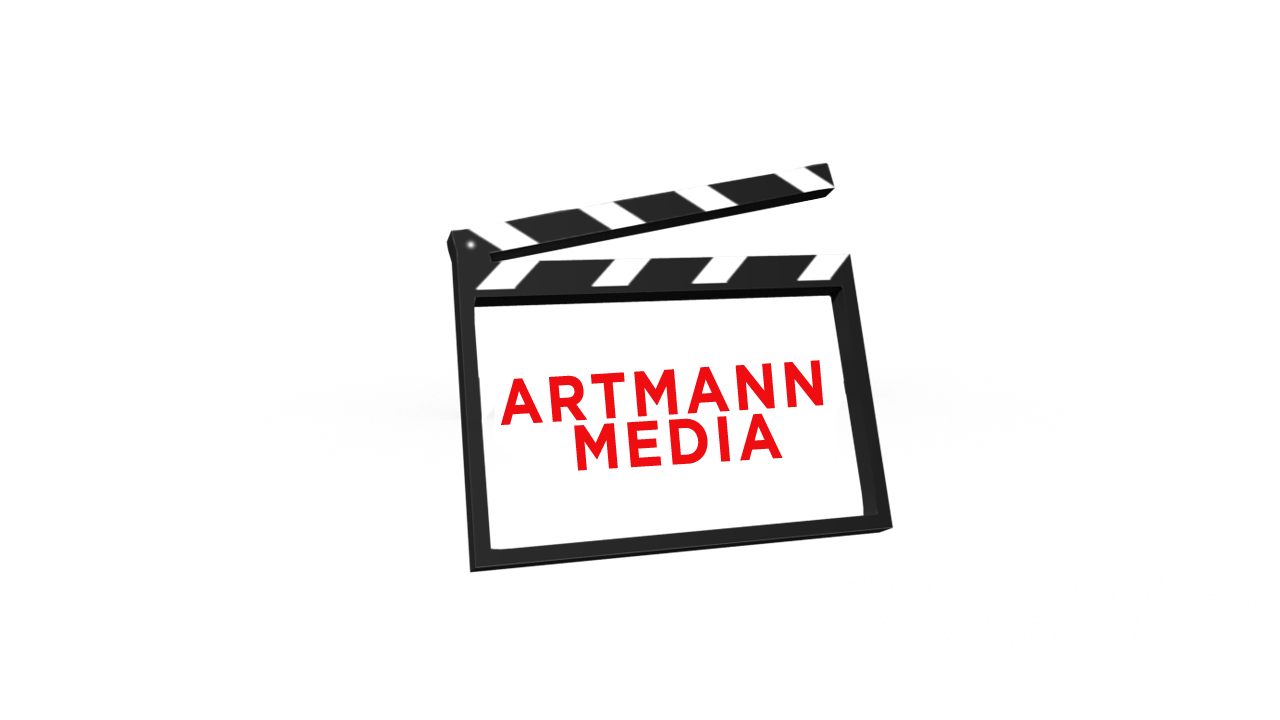Call the roll
One of the first AD's most important responsibilities is to "call the roll" — that is, call out a series of specific cues for each take to ensure that all cast and crew on set are aware of exactly what is going on so they can perform their particular role at the appropriate moment.Over the years, special procedures have been developed for this task to achieve maximum efficiency during shooting, which are usually some variant of the following:
- "Waiting on..." Though not technically part of calling the roll, first ADs may keep the set focused by frequently calling out which department is responsible for a delay in rolling a take. If the lights need to be adjusted, the first AD calls out, "waiting on lighting". If the actors are still in their trailer, the first AD calls out "Waiting on talent," etc. However, such calls can be regarded as applying excessive pressure to the department in question.
- "Final checks, please" (or "last looks"). Once everyone is in place, and rehearsals and blocking have finished, the first AD calls out, "final checks" or "checks." This is the signal for any last minute adjustments, especially to hair, makeup, wardrobe and props.
- Traditionally, the first AD calls "quiet on the set." However, it is more common in current productions to hear first "Picture is up!" (or "Rehearsal's up" accordingly) followed by "Quiet please!" to alert everyone that the take is ready and imminent.
- "Turnover." While most AD's say both "roll sound" and "roll camera", "turnover" signals both the camera and sound departments to start rolling. The sound department will roll first.
- After a second or two, the sound recordist will confirm that the recording equipment is running at the correct speed by calling "Speed" or "Sound Speed."
- Hearing this, the clapper loader immediately calls out the "Scene" and "Take" numbers so that these details are on the recording. Simultaneously (or within a very few seconds) the Camera Operator or focus puller will roll the camera, and immediately the camera is confirmed as running at the correct speed, will call for the clapper-loader to "mark it" (or "smack it," "bang it," "tag it," etc.). This is done by showing the slate ("clapperboard") on camera, and bringing the clapper down to make a synchronisation point for audio (the sound of the clapper) and picture (the two parts of the clapper being seen to come together).
- With the slate quickly taken out of shot, and the camera refocused or repointed as necessary for the opening framing, the camera operator and the sound mixer calls "set" or "frame" to indicate that all is ready to capture the action.
- The responsibility to call "action" is shared by either the first assistant director or the director, depending on the director's preference. "Action" may be preceded by "background action" if extras must be in motion in the shot, which is called by one of the lower AD's or sometimes the first.
- Usually the director says "cut," but camera operators may also "cut" to save film if they know the take is unusable. The operator may also call "cut" if the camera has "rolled out," i.e. run out of film. The Operator will not cut if there are other cameras still rolling or an interruption would ruin the actor's focus.
After the director has called "cut," the first AD will check whether the director is happy with the take, and conclude the roll with a direction such as "going again" or "that's a take two" if another take is required.
Source: Wikipedia

